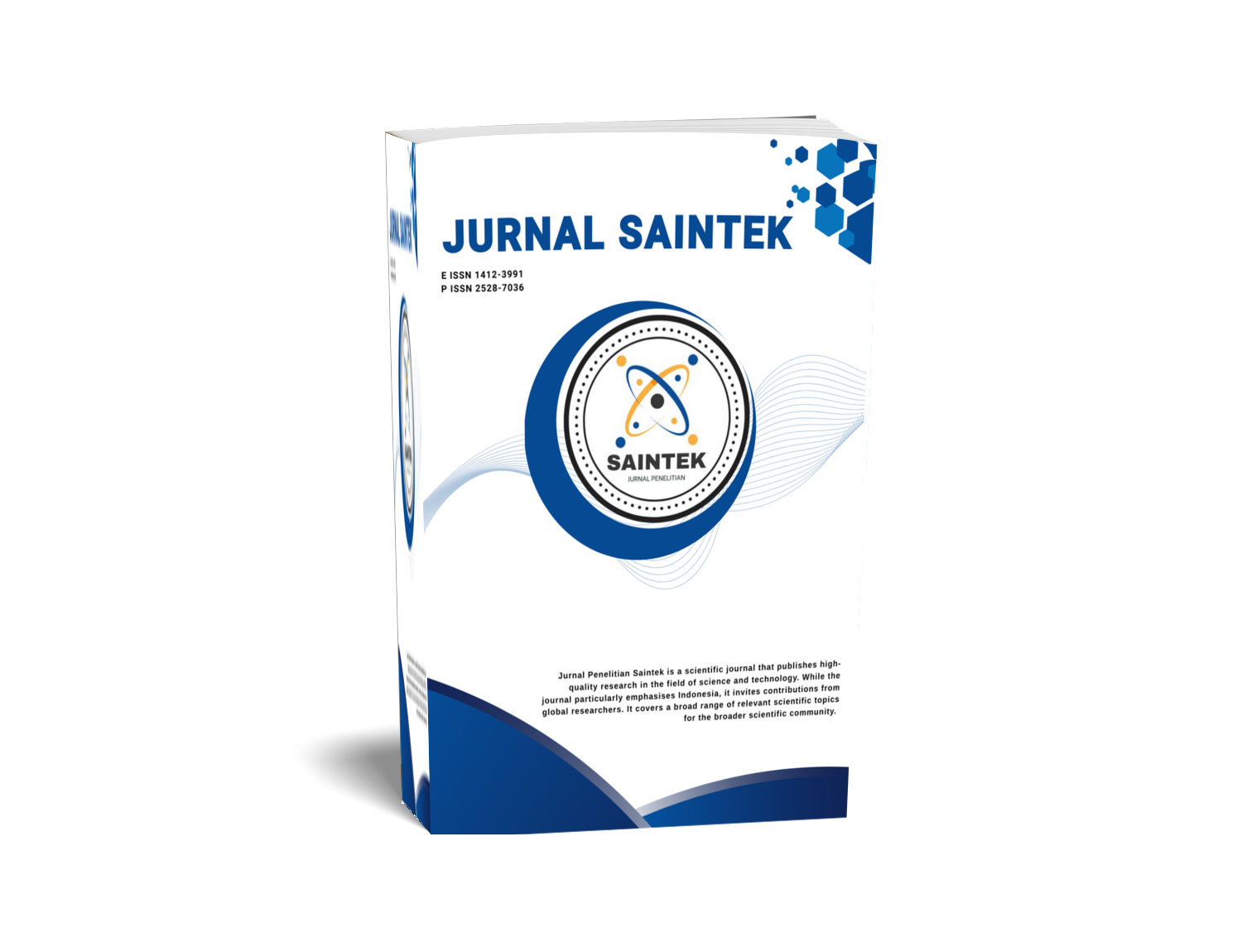CONSERVATION OF NATURAL ENEMY AS A BIOLOGICAL CONTROL WITH FISHING ECOSYSTEM MANAGEMENT
DOI:
https://doi.org/10.21831/jps.v18i2.2138Keywords:
natural enemies conservation, biological control, management of rice agroecosystemAbstract
This research aims were to collect the diversity of natural enemies lived in rice agroecosystem and to observe which management system of rice agroecosystem can conserve natural enemies.There were two kinds of rice agroecosystem observed in this research, multicropping system (surjan system) and monocropping system (non surjan system). There were two parts of surjan fields, aquatic lower part planted with rice and terrestrial higher part planted with vegetables. The surjan fields were different from non surjan fields that were planted with rice only. Non surjan fields were had one part, that was aquatic part. Natural enemies collecting of surjan fields and non surjan fields was done to get conclusion that which system conserved natural enemies more. This researh results were : (1) Surjan fields had more kinds of natural enemies than non surjan fields; (2) The management system of rice agroecosystem that conserved natural enemies more was multicropping system in surjan fields.
References
Barbosa, P. 1998. Conservation biological control. Toronto: Academic Press.
Bambaradeniya, C.N.B and Amerasinghe, control. Toronto: Academic Press. Bambaradeniya, C.N.B and Amerasinghe, F.P. 2004. Biodiversity associated with the rice field agro-ecosystem in Asian countries: A brief review. Working Paper 63. Colombo, Sri Lanka: International Water Management Institute.
Johnson, M.W. 1987. Biological control of pests. Hand Out Compilation of 1987 Spring Season Course. Honolulu Hawai: Department of Entomology University of Hawai at Manoa.
Laba, I.W. 2001. Keanekaragaman hayati arthropoda dan peranan musuh alami hama utama padi pada ekosistem sawah. http://tumoutou.net/ 3_sem1_012/i_w_ laba.htm. Diakses Tanggal 15 Mei 2008.
Maredia, K.M., Dakouo, D., and MotaSanchez, D. 2003. Integrated pest management in the global area. USA: CABI Publishing.
Marheni. 2004. Kemampuan beberapa predator pada pengendalian wereng batang coklat (Nilaparvata lugens Stal.). Jurnal Natur Indonesia. www.unri.ac.id/ jurnal/ jurnal_natur/vol6(2)/Mar. Diakses Tanggal 15 Mei 2008.
Marwasta, D. dan Priyono, K.D. 2007. Analisis karakteristik desa-desa pesisir di Kabupaten Kulon Progo. Forum Geografi, Vol 21 No. 1, Juli 2007: 5768.
Marwoto, Wahyuni, E., dan Neering, K.E. 1991. Pengelolaan pestisida dalam pengendalian hama kedelai secara terpadu. Malang: Departemen Pertanian.
Moenandir, J. 1993. Persaingan tanaman budidaya dengan gulma (Ilmu GulmaBuku III). Jakarta: PT Raja Grafindo Persada.
Tandjung, S.D. 2003. Ilmu lingkungan. Yogyakarta: Laboratorium Ekologi Fakultas Biologi Universitas Gadjah Mada.
Tindal, K.V. 2004. Investigation of insectweed interaction in the rice agroecosystem. Unpublish report. The Department of Entomology. Louisiana State University.
Undang-undang Republik Indonesia Nomor 5 Tahun 1990 tentang Konservasi Sumberdaya Alam Hayati dan Ekosistem- nya. Jakarta: Badan Pengendalian Dampak Lingkungan. Untung, K. 2006. Pengantar pengelolaan hama terpadu. Edisi ke dua. Yogyakarta: Gadjah Mada University Press.
Wiyono, S. 2007. Perubahan iklim dan ledakan hama dan penyakit tanaman. Makalah Seminar Keanekaragaman Hayati di Tengah Tantangan Masa Depan Indonesia, diselenggarakan oleh KEHATI, Jakarta, 28 Juni 2007.
Downloads
Published
How to Cite
Issue
Section
Citation Check
License
Who Can Submit?
Any individual may submit an original manuscript for consideration for publication in Jurnal Penelitian Saintek as long as they hold the copyright to the work or are authorized by the copyright owner(s) to submit it. Authors retain initial ownership of the copyrights to their works prior to publication, except in cases where, as a condition of employment, they have agreed to transfer copyright to their employer.
User Rights
Jurnal Penelitian Saintek is an Open Access journal. Users are granted the right to read, download, copy, distribute, print, search, or link to the full texts of articles, provided they comply with the conditions of the Creative Commons Attribution-ShareAlike License 4.0 (CC BY-SA 4.0).
https://creativecommons.org/licenses/by-sa/4.0/
Author Rights
Authors retains copyrights.
Jurnal Penelitian Saintek by http://journal.uny.ac.id/index.php/saintek is licensed under a Creative Commons Attribution-ShareAlike 4.0 International License.









